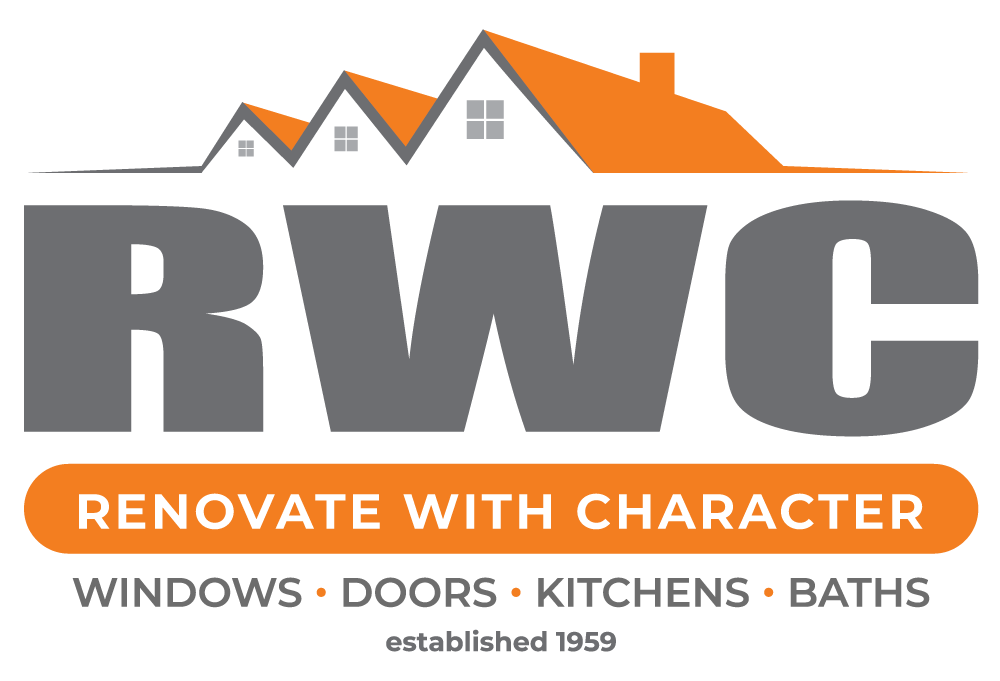When considering a home renovation project, the selection of windows is a crucial decision that impacts not only aesthetics but also energy efficiency and comfort. Among various window styles, bow windows stand out as a popular choice for homeowners seeking to enhance natural light and create a sense of spaciousness in their living areas. According to the American Architectural Manufacturers Association, bow windows can significantly increase a home's curb appeal and, in turn, its market value, with well-installed bow windows yielding a return on investment of up to 70%. Additionally, Energy Star reports that energy-efficient window installations can lead to savings of approximately 12% on heating and cooling costs annually. Therefore, when embarking on your home renovation journey, understanding how to choose the perfect bow windows tailored to your home's unique style and functional needs can greatly enhance your overall experience and investment in your property.
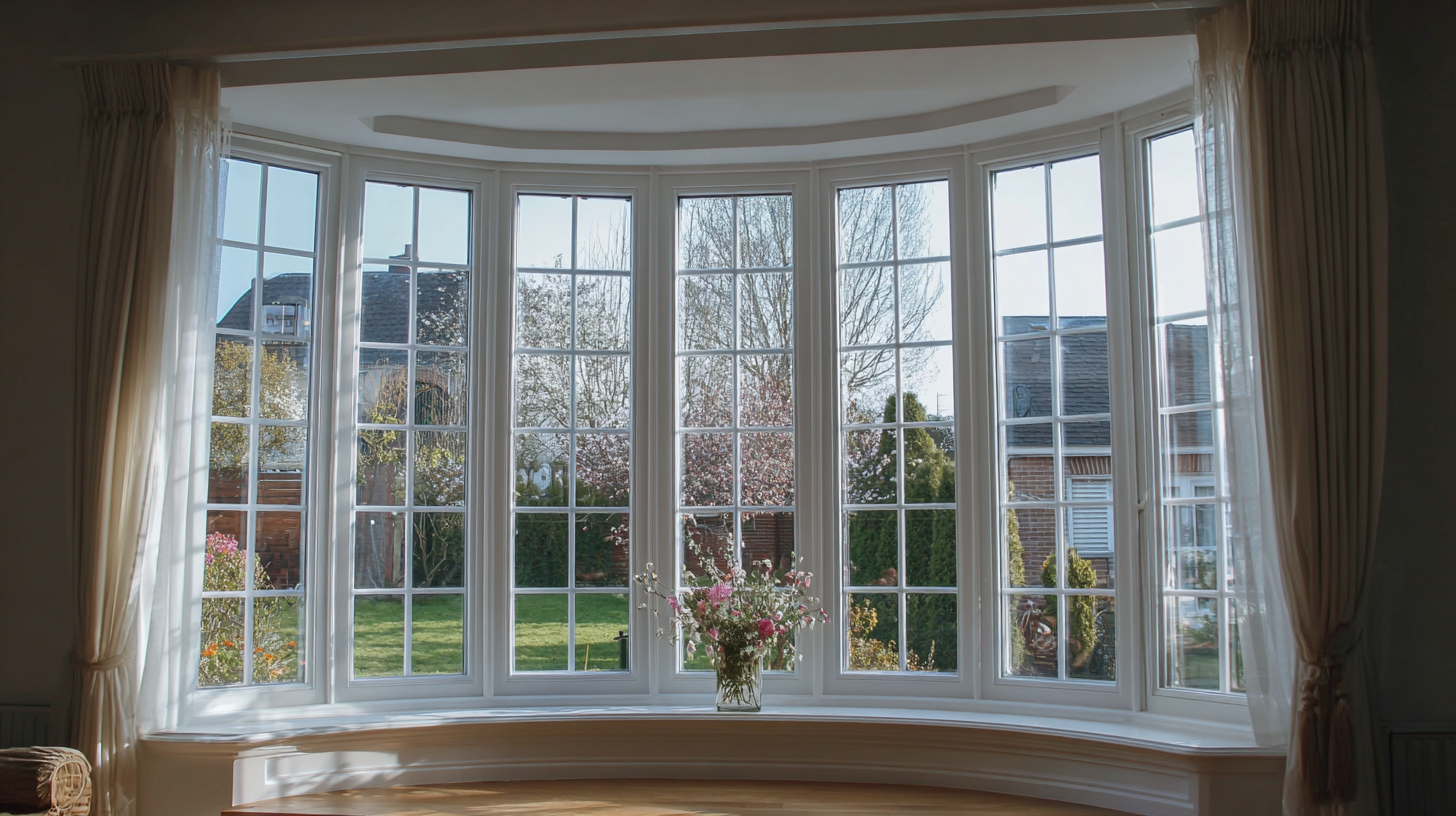
Bow windows are an elegant architectural feature that can enhance both the aesthetics and functionality of a home. One of the primary benefits of bow windows is the abundance of natural light they allow into living spaces. Their unique curved design extends outward from the house, creating a more expansive view and letting sunlight fill the interior, which can improve mood and well-being. This influx of light can also create a warm and inviting atmosphere, making spaces feel larger and more open.
In addition to their aesthetic appeal, bow windows can also add valuable square footage to your home. The extra space can be utilized for various purposes, such as a cozy reading nook, a small indoor garden, or additional seating. Moreover, bow windows can increase a home's curb appeal, boosting its overall value and attracting potential buyers in the future. By incorporating bow windows into your renovation project, you can enjoy a harmonious blend of beauty and practicality, transforming your home into a brighter and more inviting environment.
When selecting bow windows for your home renovation project, several key factors should be taken into account to ensure they align with your aesthetic preferences and functional needs. First and foremost, consider the materials used in the construction of the windows. Vinyl, fiberglass, and wood each offer unique benefits and varying levels of durability, maintenance, and price. According to industry reports, the global window covering market size is projected to reach $143.6 billion in 2024, with significant growth anticipated, highlighting the increasing demand for quality window solutions in home renovations.
Additionally, the installation and energy efficiency of bow windows are critical aspects to assess. Energy-efficient models can significantly reduce heating and cooling costs, appealing to homeowners looking to enhance sustainability. As climate change continues to trigger extreme weather events globally, such as powerful typhoons, investing in durable and energy-efficient windows becomes vital. With the bow window market expected to grow to $208.5 billion by 2032, homeowners can look forward to an array of innovative designs that blend functionality with style.
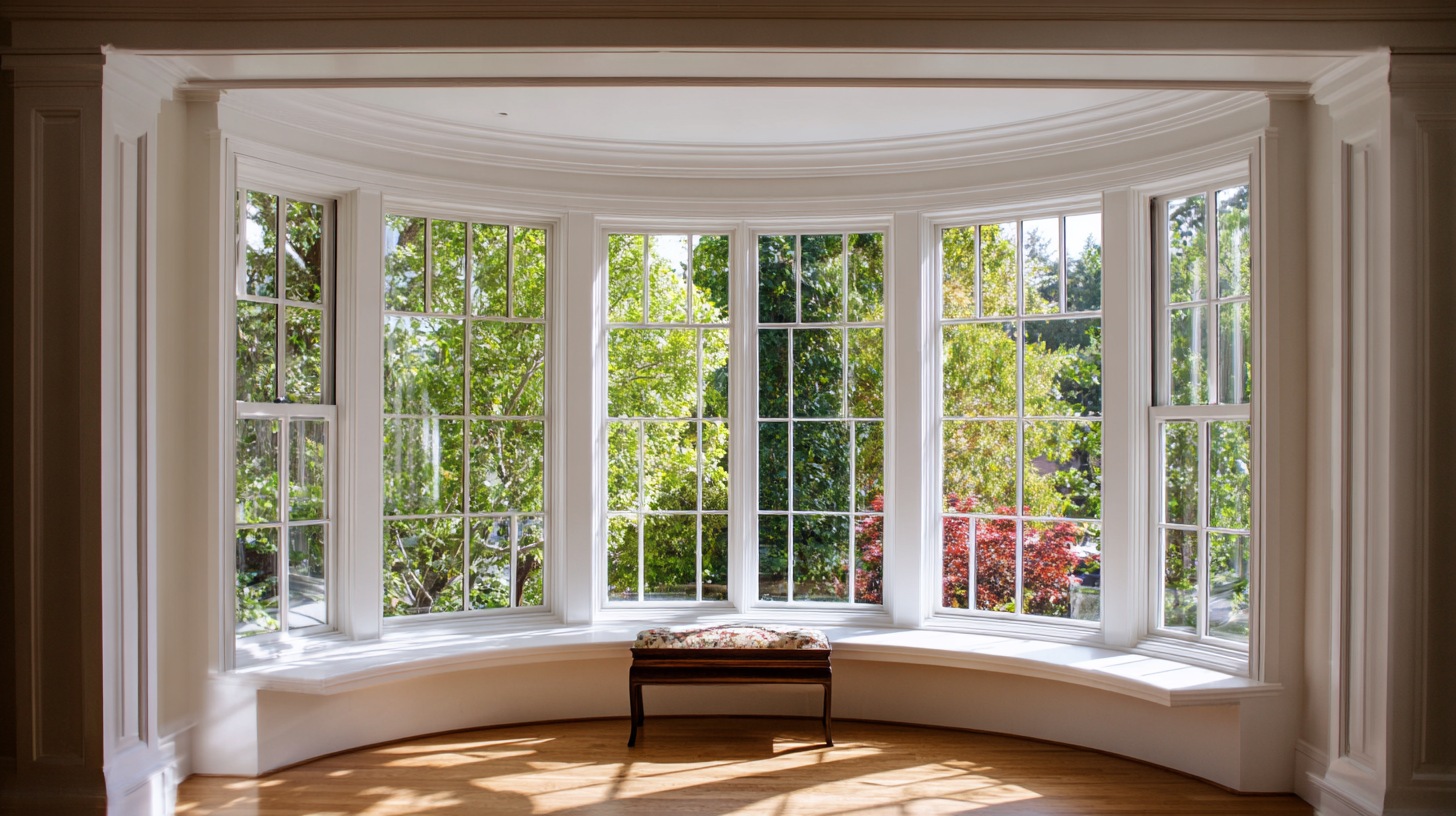
When selecting bow windows for a home renovation project, understanding the materials available and their respective advantages and disadvantages is vital to making an informed choice. The most common materials used for bow windows include vinyl, wood, and fiberglass.
Vinyl is popular due to its low maintenance and energy efficiency; however, it may lack the aesthetic appeal of other materials.
Wood exudes a classic charm and can be custom-stained, but it requires regular maintenance to prevent rot and warping.
Fiberglass offers durability and energy efficiency comparable to wood, yet it tends to be more expensive.
In addition to material considerations, it's essential to evaluate the window brands that offer these options. Notable brands in the market provide a variety of bow window styles and features that can enhance your home’s look and functionality. When comparing options, homeowners should consider factors such as insulation properties, warranty services, and overall cost, which can vary significantly based on the selected materials and manufacturer. Assessing these pros and cons will help ensure that your bow windows not only fit your aesthetic but also meet your performance needs for years to come.
When considering bow windows for your home renovation project, it's essential to compare their costs against other window styles. Bow windows, characterized by their curved design and multiple panes, can elevate the aesthetic of a room while maximizing natural light. However, they often come with a higher price tag due to the complexity of installation and materials involved. Typically, homeowners can expect to pay significantly more for bow windows than for traditional double-hung or sliding windows.
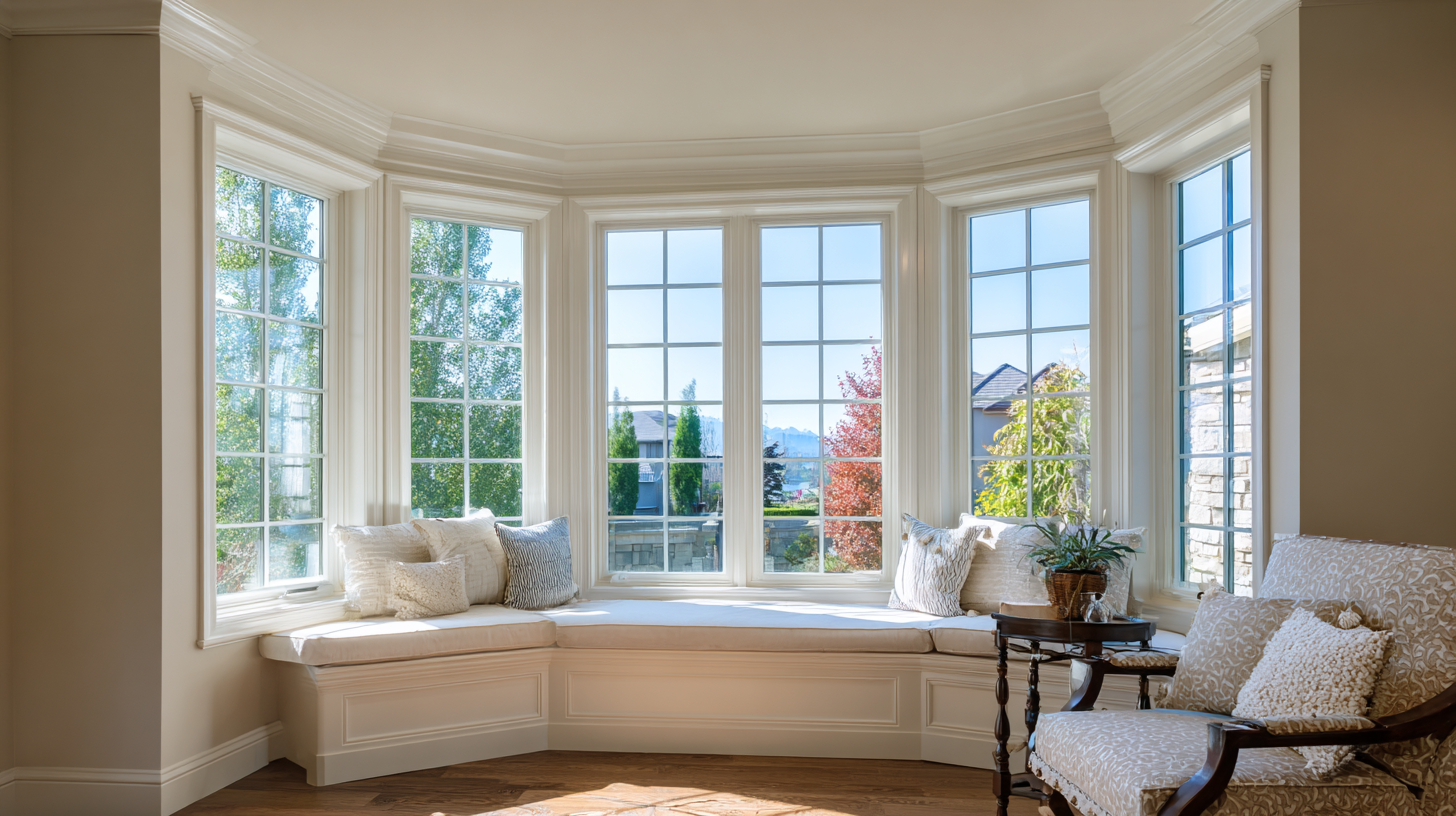
On the other hand, while simpler window styles may be more budget-friendly, they offer less in terms of visual appeal and space enhancement. For instance, standard windows can range from $300 to $800, while bow windows usually start at around $1,500 and can exceed $5,000, depending on size and material quality.
When assessing the overall renovation costs, it's crucial to factor in both the immediate expense of installation and the long-term value added to your home, as bow windows can substantially improve your property's curb appeal and energy efficiency over time.
When it comes to enhancing curb appeal, the style of bow windows you choose for your home can make a significant impact. Bow windows, characterized by their curved profile, are not just aesthetically pleasing but also functional, allowing natural light to fill your space. According to the National Association of Realtors, homes with well-designed windows can increase perceived value by up to 15%. This aspect alone makes it crucial to select the right style that complements your home's architecture.
Different styles of bow windows can convey varying aesthetics. For instance, a traditional bow window with multi-pane construction may lend a charming, classic look, while a modern variant with sleek lines and larger panes can modernize a home's exterior. A recent report by Remodeling Magazine notes that projects involving high-quality window replacements can yield an impressive return on investment, averaging 70% of the cost recouped upon resale. Therefore, evaluating your home's existing design elements and aligning them with appropriate bow window styles can effectively enhance both the beauty and value of your property.
| Window Style | Features | Material Options | Energy Efficiency | Cost Range |
|---|---|---|---|---|
| Traditional Bow Window | Curved design, multiple panes | Vinyl, Wood, Aluminum | High - Low E glass available | $1,500 - $4,000 |
| Modern Bow Window | Sleek lines, minimalistic | Fiberglass, Composite | Very High - Super Low E | $2,000 - $5,500 |
| Victorian Bow Window | Ornate details, segmented panes | Wood, Vinyl | Moderate - Standard insulation | $1,800 - $4,200 |
| Coastal Bow Window | Corrosion-resistant, storm-resistant | Aluminum, Composite | High - Impact resistant | $2,500 - $6,000 |

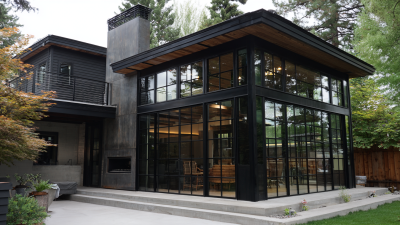



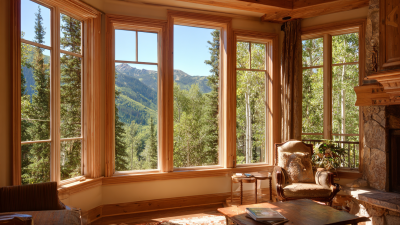
© 2025 RWC. All Rights Reserved. | Privacy Policy | Contractor’s License Number: 13VH00710200 | Sitemap | Areas Served
